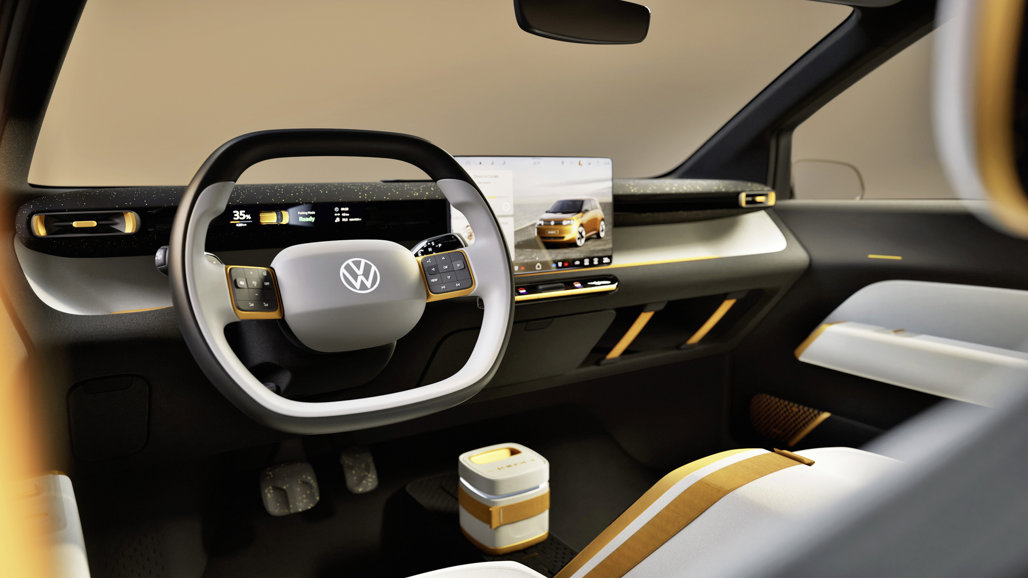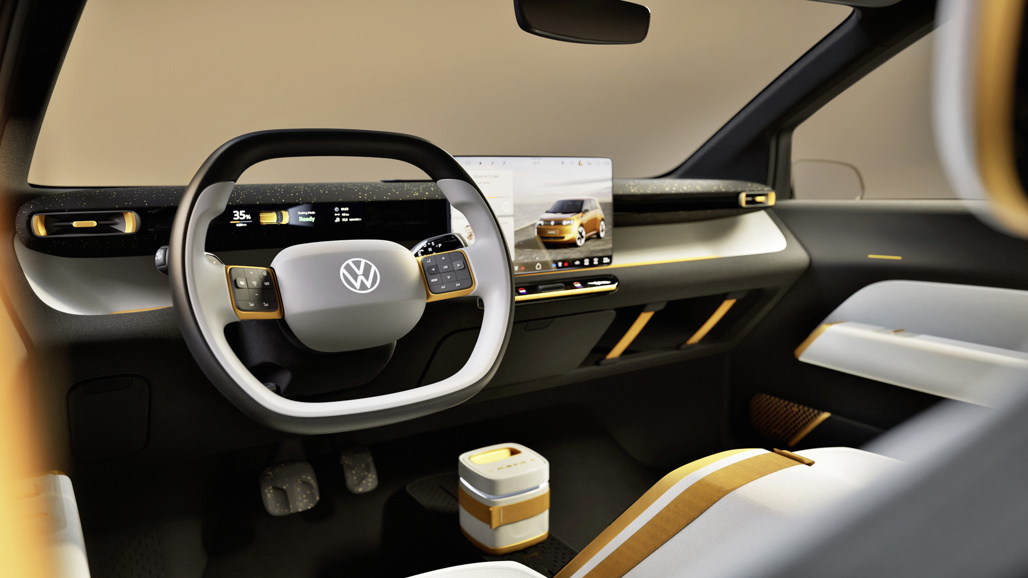Volkswagen has confirmed that future models will reintroduce physical buttons for crucial in-car functions, abandoning the widely criticised touch-sensitive controls.
Design chief Andreas Mindt stated that the company has learned from past mistakes and is committed to making essential features more accessible.
Backlash against touch controls
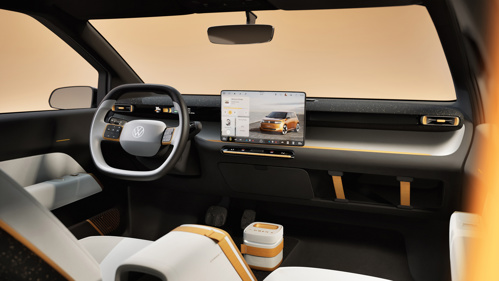
VW’s shift to touch-sensitive controls in 2022 was met with strong opposition, with drivers complaining about the difficulty of adjusting functions while driving.
The touch-based interface, particularly on steering wheels, led to user frustration and safety concerns.
The company initially introduced the system across various models, but after a wave of negative feedback, it became clear that a rethink was necessary.
Speaking to Autocar, Mindt made VW’s position clear: physical buttons are back, and they are here to stay. “We will never, ever make this mistake any more,” he stated.
The company is now prioritising usability, ensuring that drivers no longer need to navigate through menus for simple adjustments.
Dedicated controls
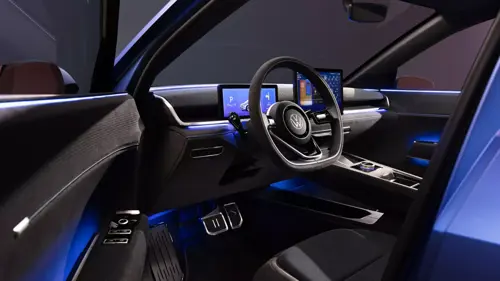
The revised control layout will debut on the upcoming ID.2all and ID.Every1 electric models, featuring dedicated buttons for five key functions: volume, seat heating, fan speed and hazard lights - all placed directly below the infotainment screen.
“There’s feedback, it’s real, and people love this,” Mindt added. “Honestly, it’s a car. It’s not a phone.”
Touchscreens still have a role

Despite this return to tactile controls, VW is not abandoning touchscreens entirely.
Mindt clarified that while key functions will have physical controls, touch displays will still house deeper infotainment and vehicle settings.
“The screen will be big, and you will find a lot of HMI contents in the depths of the system, but the five main things will always be on the first physical layer,” he explained.
Production timeline
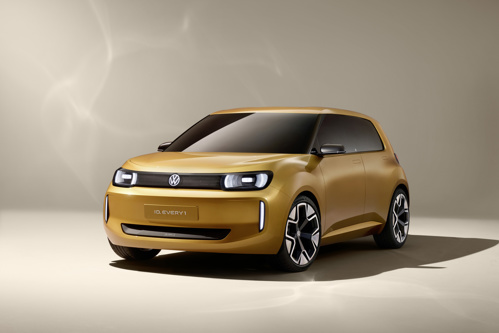
The ID.2all, VW’s upcoming electric hatch set for a 2026 launch, will be the first to feature this revised control layout.
The production version of the smaller but also electric ID.Every1, expected in 2027, will follow suit.
This marks a clear departure from VW’s previous reliance on touch-based sliders for volume and climate control, a design decision that had been widely panned by users and critics alike.
VW’s decision to reinstate physical buttons signals a major course correction and a renewed focus on driver-friendly design.
With this change, the brand acknowledges that convenience and safety should take precedence over minimalist aesthetics.
The move is expected to be well received, especially among those who have long criticised touch-heavy interfaces in modern vehicles.

